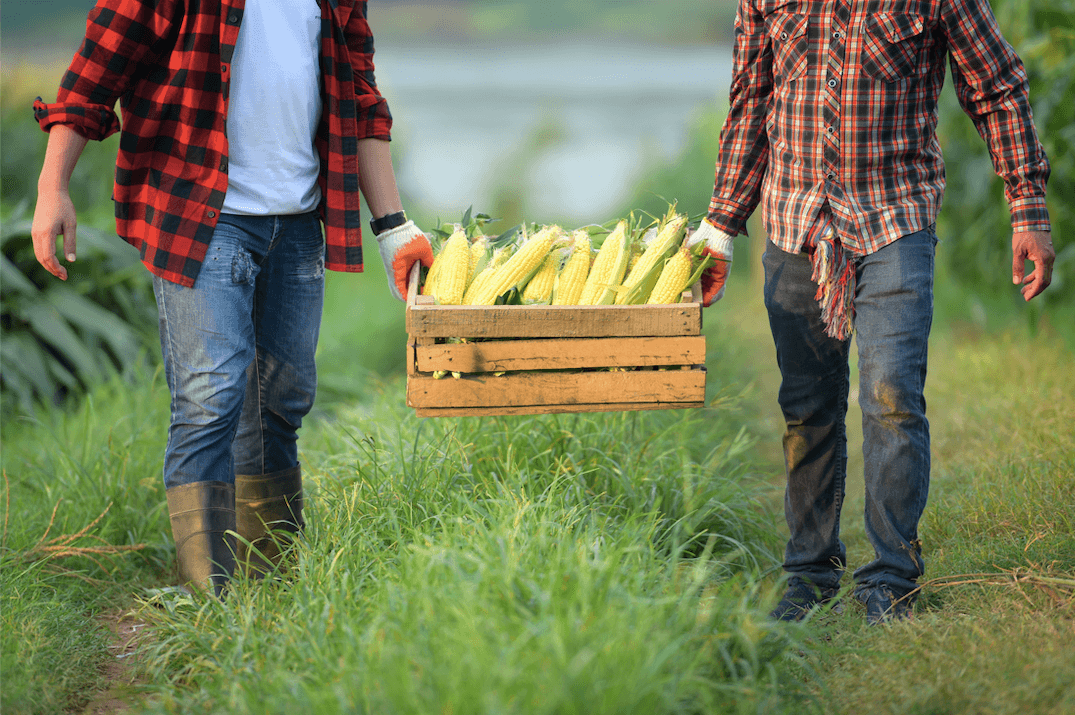In the last 50 years, the world’s food production and consumption went under significant changes with increased industrialization, development of condensation technologies, food logistics capabilities and a considerable spike in demand symbolized by a fridge in every home. Coupled with increased consumption, the world’s food production also saw an exponential growth to meet the demand.
Roughly ⅓ of the food produced worldwide gets discarded,, which equals to 1.3 billion tons per year. Food lifecycles and discarding habits vary from country to country, depending on their development level.
In developed and developing countries, edible food tends to get discarded while in underdeveloped countries, due to a lack of logistics capabilities it gets perished before even reaching the consumer. Nevertheless, in such underdeveloped countries, consumers are more aware of resources scarcity and thus tend to create less waste in comparison to developed countries.
Everyone can do their part to prevent food loss and waste. Together the acts of these players can have a significant cumulative impact on creating a #zerowaste world.
1- Measures that governments can take
Especially in underdeveloped or developing countries, the road infrastructure is insufficient.
Among other effects, the lack of a proper transportation network, disrupts food logistics and stunts production distribution. Faced with a deadline, as food is perishable, this setback costs producers time, energy and money. Governments can help their producers by investing in the proper infrastructure in relevant fields from energy to transport to enable timely, fresh, efficient country-wide distribution and minimize loss.




